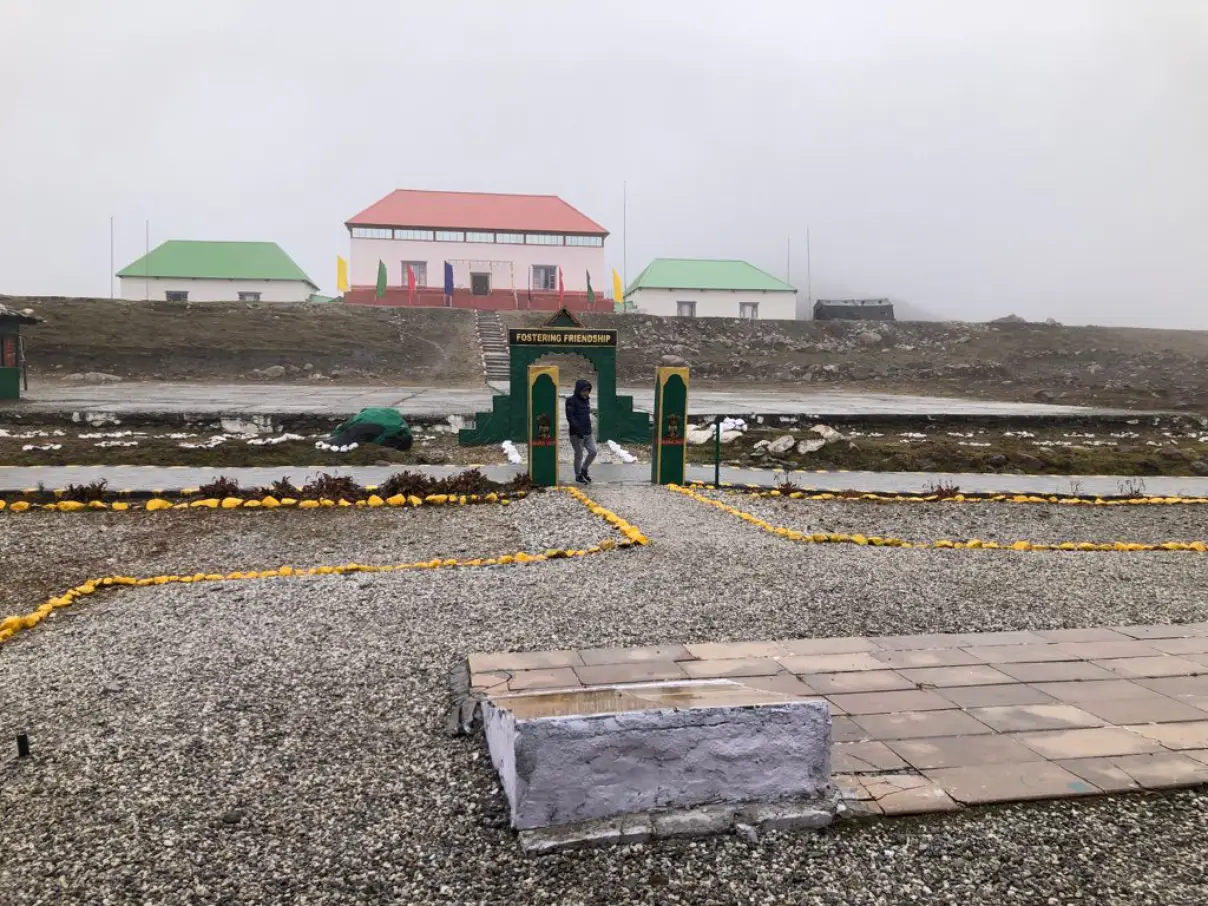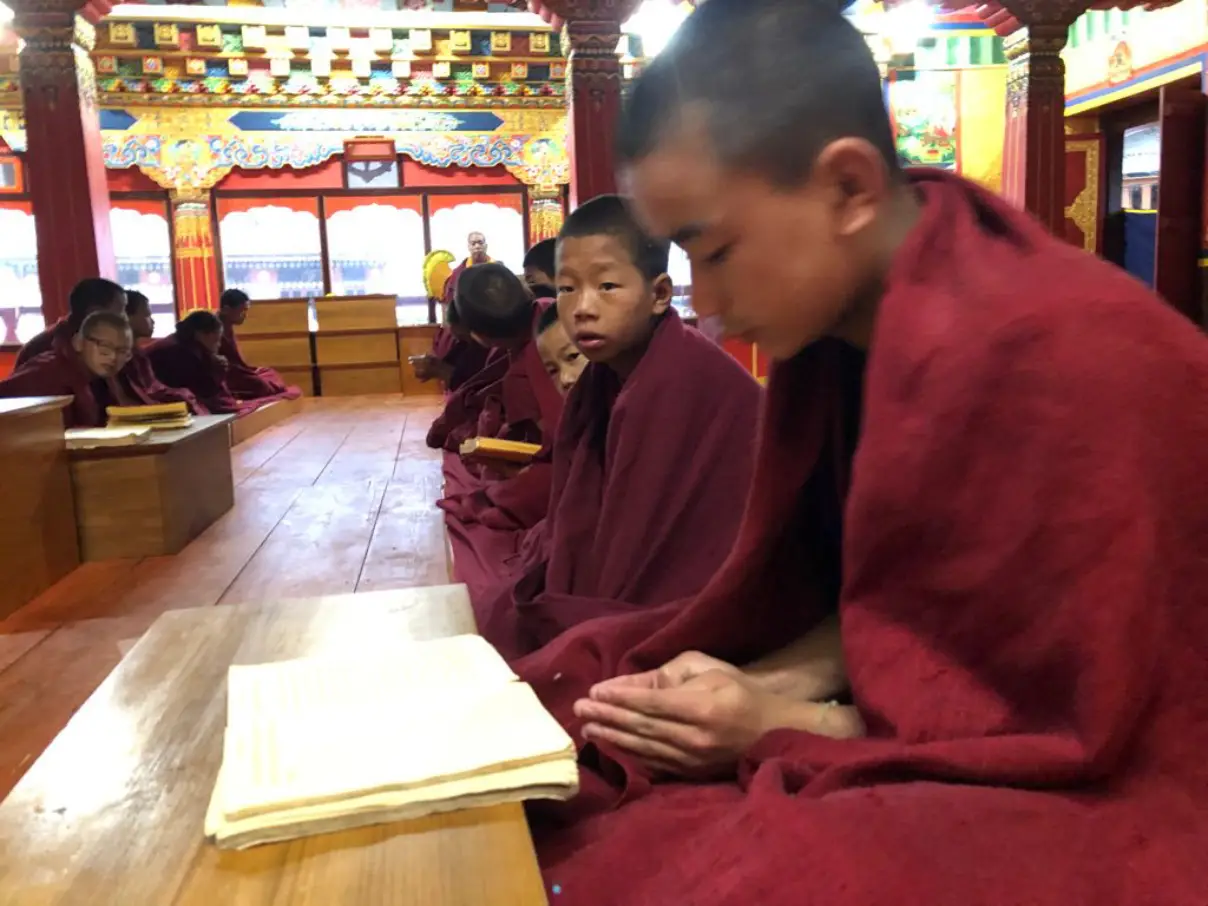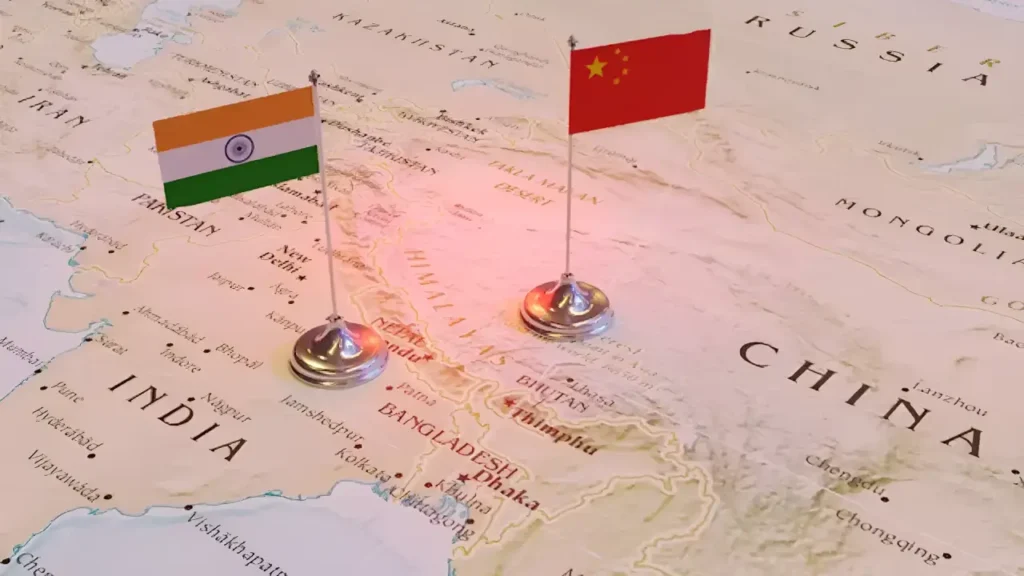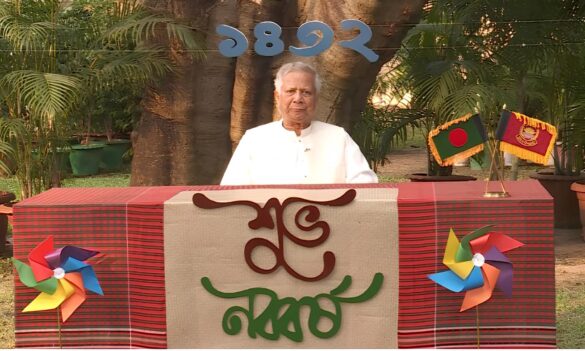The disengagement agreement signed between India and China on October 21, 2024, aimed at fostering peace and tranquillity along the Line of Actual Control (LAC), has instead intensified concerns in New Delhi. While the agreement was seen as a potential step towards de-escalation, China’s recent actions—including territorial claims, aggressive construction near sensitive areas, and its history of violating past agreements—have cast a long shadow over hopes for enduring stability.
From unilaterally renaming territories in Ladakh to constructing infrastructure near the Tawang region, Beijing’s moves have not only challenged India’s sovereignty but also raised questions about its sincerity in honouring commitments. Adding to these anxieties, the Indian Army Chief General Upendra Dwivedi’s remarks about a continuing “degree of standoff” underscore the fragile state of trust between the two nations.
India’s Ministry of External Affairs has issued strong protests against China’s unilateral moves, reaffirming that such actions violate India’s territorial integrity. Meanwhile, security experts and diplomats alike warn that the disengagement process might be a smokescreen, masking deeper intentions of territorial aggression and strategic dominance.
Army chief on trust deficit and standoff
Speaking at the annual Army press conference ahead of Army Day, General Dwivedi painted a sobering picture of the situation. “Since April 2020, the trust between the two countries requires a new definition. We need to sit together and come to a broader understanding to calm the situation and restore trust,” he asserted. Highlighting the changes in terrain and construction activities on both sides, he added, “There is a degree of standoff. The situation is stable but sensitive.”

The Army Chief elaborated on the recent disengagement processes in areas like Depsang and Demchok, where mutual access to traditional patrolling zones had been restricted since 2020. While two rounds of verification patrols and agreements on grazing grounds have been achieved, he clarified that “there is no concept of a buffer zone.” Temporary moratorium zones have been created in high-risk areas to avoid violence, marking another step in the cautious de-escalation efforts.
Diplomatic push amid challenges

External Affairs Minister S. Jaishankar recently addressed Parliament, reaffirming India’s commitment to disengagement at friction points while acknowledging the broader challenges posed by China’s actions. “The large concentration of troops along the LAC contravenes the 1993 and 1996 agreements,” he stated, adding that recent experiences call for heightened vigilance in border management.
Jaishankar emphasised that disengagement in eastern Ladakh, including Depsang and Demchok, had been completed through a phased approach, and discussions would now shift to remaining issues. However, he acknowledged the trust deficit created by China’s repeated violations of agreements, underscoring the delicate balance needed to achieve lasting peace.
Provocations continue
Despite diplomatic overtures, China’s unilateral renaming of territories and reported construction near Arunachal Pradesh’s Tawang region have fuelled fresh doubts about Beijing’s intentions. The Ministry of External Affairs has categorically rejected these claims, calling them an affront to India’s territorial sovereignty.
These actions, combined with Beijing’s post-2020 behaviour, suggest a calculated strategy to maintain pressure on India while projecting a facade of cooperation. The October 2024 disengagement agreement, though a significant milestone, risks being undermined by these provocations, reinforcing India’s scepticism about long-term peace along the LAC.
Experts on India-China relations underscore that stability in the border areas remains a critical prerequisite for any meaningful progress in de-escalation efforts. Prof. Srikanth Kondapalli, a prominent expert on Chinese studies at Jawaharlal Nehru University, cautions against premature conclusions about the disengagement process. “The media paints it as if the whole thing is over. It is not over,” he asserts, adding that the Chinese narrative often misrepresents the situation. “The Chinese keep painting the picture that everything is resolved. That’s not true. Disengagement is done only in two sectors on an experimental basis,” he explains.

Prof. Kondapalli further highlights the inherent risks associated with the current level of disengagement, pointing out the lack of guarantees from China that it will not reoccupy vacated areas. He expresses scepticism about Beijing’s adherence to agreements, given its history of violating written commitments. “How do I believe in the next round of discussions? How do I believe the other side? How do I believe they will not occupy the territory as they have done?” he questions, reflecting the pervasive distrust in India’s security and academic circles. He suggests that one way forward is to establish structured protocols and closely monitor progress on the ground to ensure that Confidence Building Measures (CBMs) are effectively implemented and respected.
A fragile path ahead
The disengagement agreement, while offering a framework for reducing tensions, faces significant hurdles. As the Indian Army Chief and External Affairs Minister have noted, rebuilding trust will require more than diplomatic dialogues—it demands a genuine commitment to respecting agreements and maintaining peace.
For India, the focus remains on protecting its territorial integrity while pushing for de-escalation through diplomatic channels. However, with trust eroded by past betrayals and fresh provocations, the road to peace with China appears as challenging as the rugged terrain of the LAC itself.







